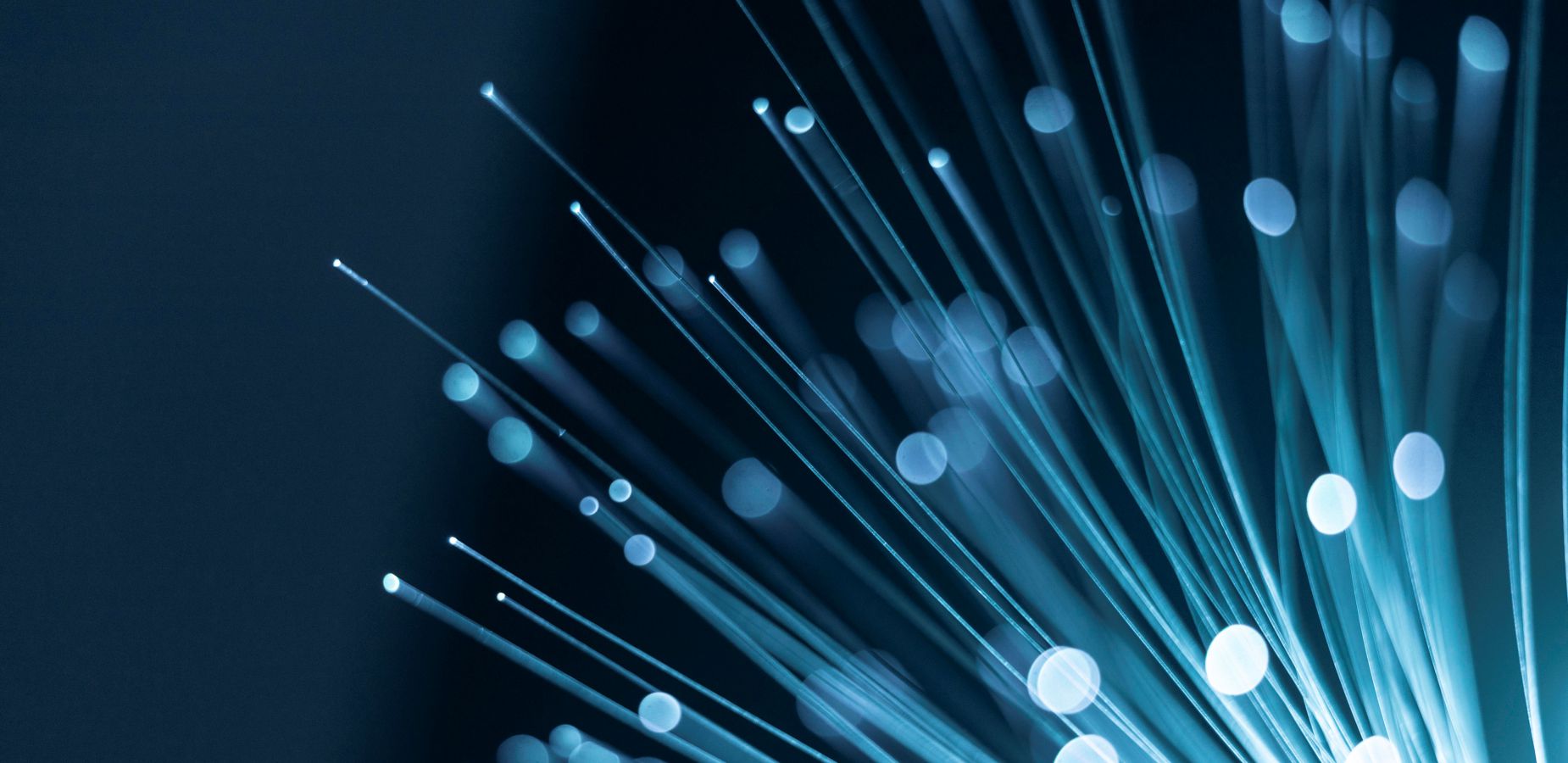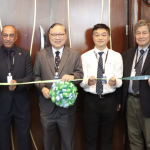

Fiber Network Council APAC is delighted to have a talk with William (Bill) Wallace, Vice President of APAC Regional Sales at Corning Optical Communications, in our Member Spotlight interview.
With a proven track record of leadership and a deep understanding of the fiber optics industry, Bill has been instrumental in driving the adoption of innovative optical solutions across the Asia-Pacific region.
In this insightful conversation, Bill shares his perspectives on the latest market trends, Corning’s strategic approach to advancing connectivity, and his vision for the future of fiber deployments in APAC.
Introducing Corning Optical Communications
Corning Optical Communications, a division of Corning Incorporated, has long been a fiber-optics industry leader. Our company’s legacy traces back to more than 170 years of material science expertise with over 50 years of breakthroughs in optical fiber technology. We are proud to have pioneered the world’s first low-loss optical fiber. This innovation transformed the telecommunications landscape, enabled the broadband networks that power today’s digital world, and helps network operators reach more than 100 million homes. Our comprehensive portfolio includes a wide range of end-to-end fiber optic solutions for a variety of applications, ranging from data centers to long-haul, metro, access, and submarine networks.
https://www.corning.com/optical-communications/worldwide/en/home.html
Can you provide a brief overview of your organization’s involvement in the fiber industry and its contributions to advancing connectivity in the APAC region?
At Corning, our role in the fiber optics industry is pivotal. Our innovative solutions have been instrumental in advancing connectivity, particularly in the Asia-Pacific (APAC) region.
We have contributed to the establishment and growth of many of the world’s most recognized networks. Our optical fiber solutions are at the heart of the networks making cities smarter and businesses more efficient, enabling operators to deliver higher-capacity and faster broadband services.
Our continued investments in research and development and manufacturing capabilities in APAC demonstrate our commitment to enabling this region’s digital transformation journey. We are not just selling products, but working with governments, service providers, and enterprises to build the digital infrastructure that will fuel growth and innovation.
From your perspective, where do you see the current state of the fiber industry in the APAC region? What trends or developments are shaping its growth and evolution?
The fiber optics industry is currently experiencing a significant evolution, shaped by several key trends across various sectors. The insatiable demand for high-speed and reliable internet and broadband services, fueled by the adoption of generative artificial intelligence (AI), connected devices, and remote work, is driving growth. Businesses and governments are aiming to accelerate the adoption of fiber optic technology in underserved areas to connect the unconnected. Data centers are scaling up fiber connections too.
Moreover, the ongoing rollout of 5G networks and digital transformation in APAC requires robust fiber optic infrastructure for optimal performance. Fiber optic cables play a vital role in enabling the high-speed, low-latency performance that 5G promises. Technological advancements, such as increasing fiber density and improving signal strength, are further catalyzing this evolution.
Another key development is the modernization of networks with fiber. For over a century, copper wire infrastructure has been used to transfer data and voice. Copper cables come with an infrastructure that can create higher maintenance costs and additional points of potential failure. As fiber increasingly becomes the preferred solution, carriers are ready to move away from copper and modernize networks.
The move toward smart city initiatives across the APAC region is also driving growth. With the integration of Internet of Things devices, AI, and other smart technologies, the need for reliable, high-speed connectivity provided by fiber optic networks is more critical than ever.
There is also growing investment in submarine cable systems in the region. As APAC becomes more interconnected, there is a need for high-density, low-latency, and high-speed data connections among countries, leading to an increase in submarine fiber optic cable installations.
We also observe an increasing focus on enhancing environmental sustainability of operations and products. At Corning, we are at the forefront of these trends and continuously innovating to meet the evolving needs of the industry.
As an industry innovator, could you share a recent example of a fiber technology advancement or solution your company has developed that has had a significant impact on the market?
Corning Optical Communications has been continuously pushing the boundaries of innovation in the fiber optics industry. Two of our recent advancements, the award winning Evolv® Solution with Pushlok® Technology and Clear Track Fiber Pathway, are examples of our commitment to developing cutting-edge solutions that meet the evolving needs of service providers as they scale their last-mile fiber-based broadband networks.
The Evolv Solution with Pushlok Technology is a next-generation hardened connector solution designed to simplify network installations. This technology can significantly reduce the time and cost associated with deploying fiber in the network. Pushlok Technology allows for easy insertion and removal of connectors, speeding up the installation process and reducing the risk of fiber end face contamination compared to legacy solutions, a common cause of network failure. Furthermore, the compact design of the Evolv Solution enables higher port density, helping our customers to maximize their network capacity.
Evolv Solution with Pushlok Technology is exceptionally beneficial for the APAC region, which is witnessing rapid growth in its telecommunications sector. The Pushlok Technology’s streamlined installation process is particularly beneficial in APAC’s dense urban environments, where deployment speed and efficiency are crucial. Evolv Solution’s compact design is crucial for regions like APAC, where maximizing network capacity is paramount due to high user demand.
Our latest development is the Evolv Terminals with Multifiber Pushlok Technology. Its stick-and-click connector technology draws on Corning’s experience helping network operators connect homes with advanced hardened connectivity solutions. The stubless format of Multifiber Pushlok-enabled terminals are strategically designed to reduce operators’ reliance on extensive inventory and part numbers. This new stubless solution supports operators’ sustainability objectives by reducing per-unit packaging material by up to 30%, helping operators minimize waste. It also maximizes shipping efficiencies by enabling up to 45% more product per pallet
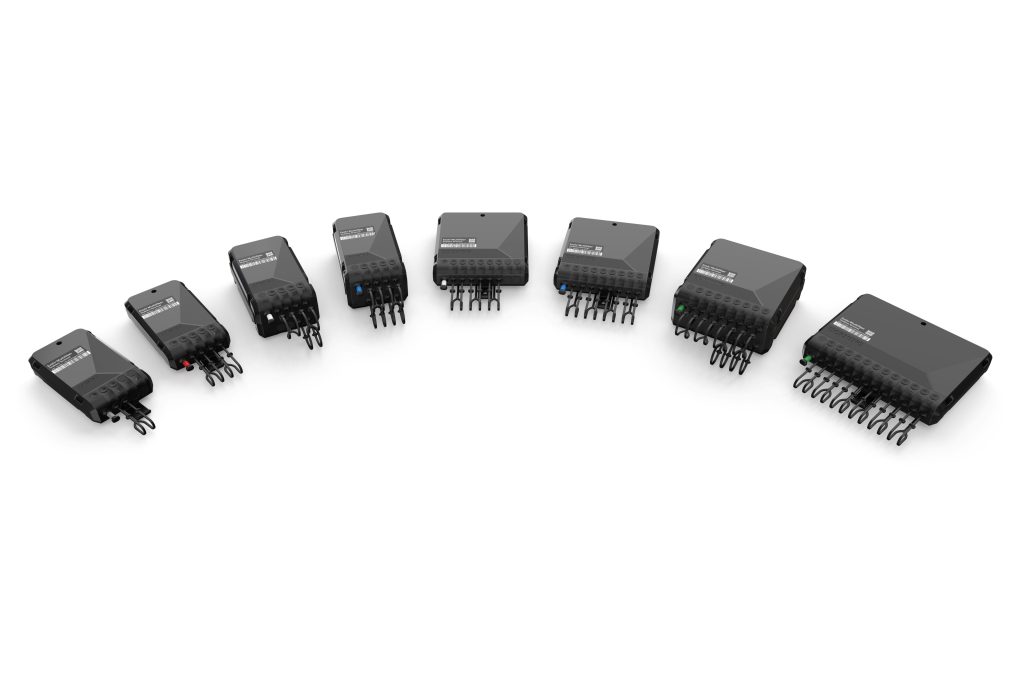
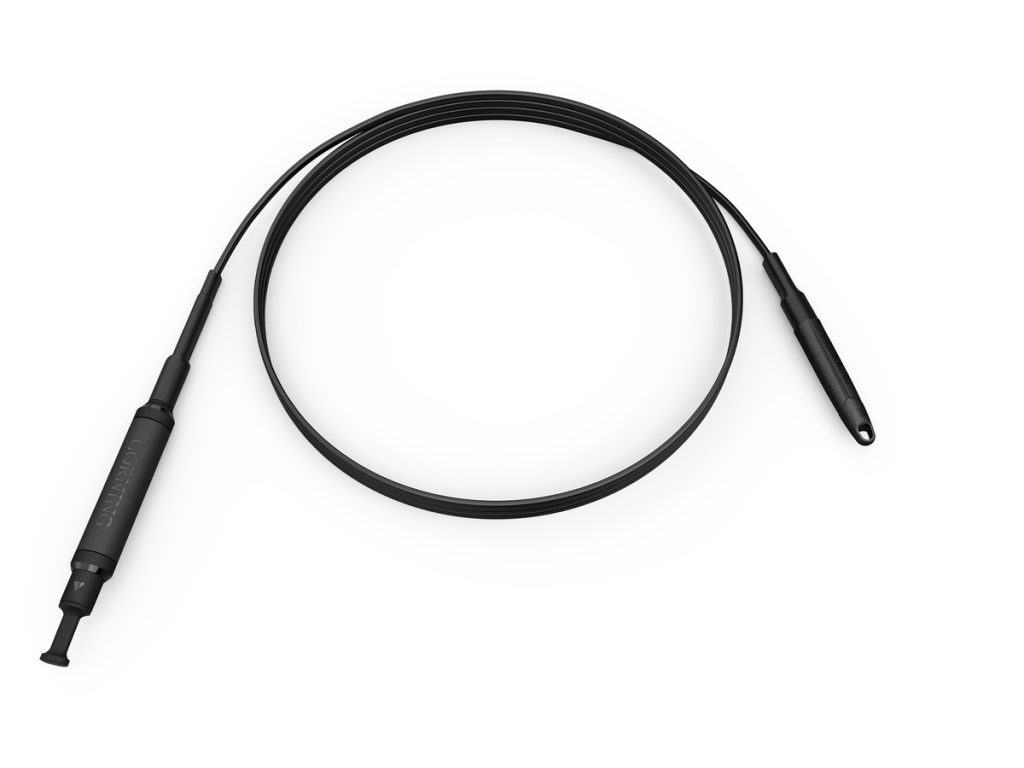
Our other leading product, Clear Track Fiber Pathway, represents a revolutionary approach to bringing ultra-fast broadband to homes and businesses for both indoor and outdoor applications. The APAC region is home to some of the most internet-savvy populations globally, and there is a growing demand for high-speed, reliable connectivity. Clear Track’s virtually invisible design that can seamlessly blend into building architecture, service providers to meet demand without disrupting the aesthetics of buildings. The flexibility and durability of the pathway also speed up installation and reduce maintenance needs, providing a long-term, reliable solution for the needs of APAC customers.
These advancements have a significant impact – helping to drive the digital transformation in the APAC region, underscoring Corning’s commitment to creating innovative and customer-centric solutions. We remain committed to developing innovative solutions that meet the evolving needs of the APAC market and further enhancing the capabilities of optical fiber technology to enable service providers to build faster, more reliable networks and continue to shape the future of the global telecommunications industry
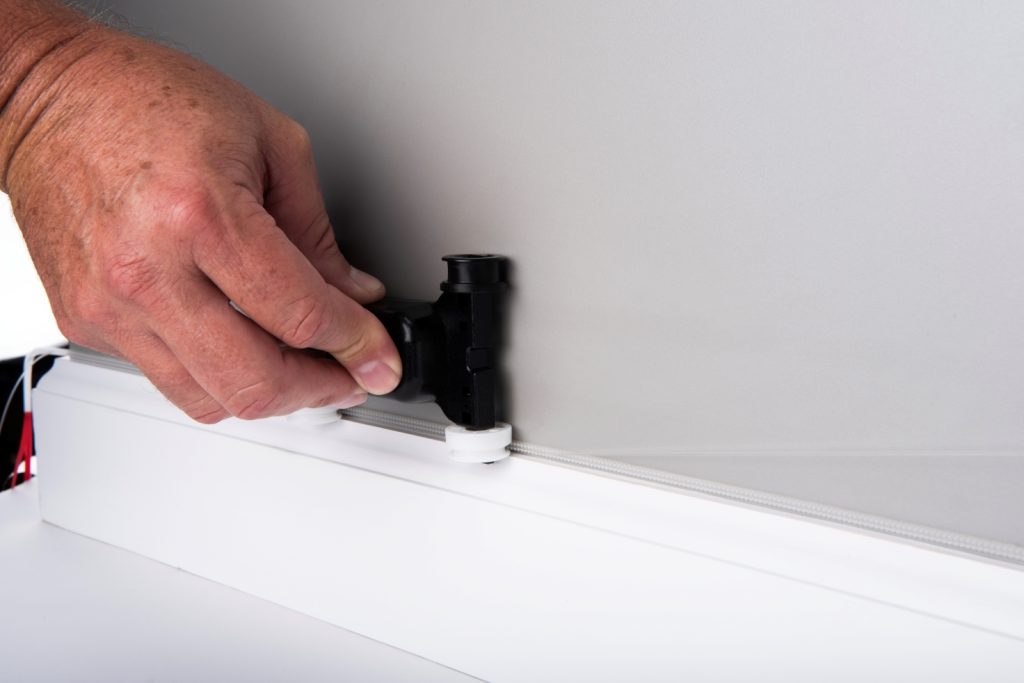

Could you share a success story or case study that highlights how your organization’s fiber solutions have positively impacted a specific industry or community within the APAC region?
In developing countries, Corning is bringing high-speed fiber internet to rural, remote, and underserved communities.
Our award winning Evolv Solution with Pushlok Technology was chosen for a fiber-to-the-home (FTTH) deployment in Southeast Asia. The adoption of the Evolv Terminals and Drops with Pushlok Technology emerged as the ideal solution over the traditional method, as its features are vital in supporting FTTH in today’s increasingly space-constrained environments. This is especially true where congested poles or ducts are an issue, and aesthetics is critical.
A conventional solution may post significant challenges for the expansion of the fiber deployment, due to restrictions on pole-sharing among telecommunication companies, various permitting processes, and inclement weather conditions that make for challenging field splicing. Corning’s Evolv Solution with Pushlok Technology overcomes these obstacles since it is a plug-and-play solution that does not require splicing. This approach enables faster deployment without the need for bulky equipment, streamlining inventory management and reducing deployment time by up to 50% compared to using traditional preconnectorized products.
In this case study, the deployment did not cause disruptions during the migration process from existing infrastructure, resulting in less inconvenience to the community.
In addition, we have also deployed the Clear Track Hallway Fiber Pathway to deliver ultra-high-speed optical fiber broadband with numerous home passes to multi-dwelling units (MDU) in Southeast Asia.
The service providers used FTTH ports on vertical or riser facilities for these MDUs. These ports were meant to migrate Digital Subscriber Line (DSL) customers to FTTH but the take up rate is low and slow due to the difficulty of horizontal cabling in brownfield MDUs. Corning Clear Track Hallway Fiber Pathway solution was able to address this challenge with its adhesive-backed, surface-mounted horizontal cable pathway and drop cable solution. It delivered faster, easier, and more aesthetic installations.
The impact was transformative, as Clear Track Hallway Fiber Pathway has helped service providers overcome the challenges of congested conduits, inaccessible pathways, and strict civil works and aesthetic building requirements.
In another successful case, a national high-speed Internet access provider in Australia deployed Corning’s optical fiber cables and OptiTap® and OptiTip® hardened connectors to bring optical fiber directly to the residences within single-family homes (SFU) and MDUs nationwide. The pre-connectorized solutions for the largest FTTH deployment by in APAC have enabled millions of Australian homes and businesses to benefit from high-speed broadband services.
These significant fiber-based infrastructure rollouts have helped improve network reliability and deployment speed while reducing costs, which also continue to enable communities to keep up with the growing demand for high-speed internet connectivity.
How does your organization approach collaboration and partnerships within the fiber ecosystem to drive innovation and ensure seamless connectivity experiences for consumers and businesses?
We place significant emphasis on collaboration and partnerships across the fiber optics ecosystem. We believe that our success and the industry’s progression is a collective effort that requires the sharing of knowledge, resources, and expertise.
Our approach to collaboration is multifaceted. Firstly, we work closely with our customers to understand their unique challenges and requirements. This customer-centric approach ensures that we develop solutions that truly meet their needs and help them succeed in their markets.
Secondly, we form strategic partnerships with industry players, including network operators and system integrators through training programs to equip partners with the knowledge necessary to drive success. These partnerships allow us to combine our strengths and create comprehensive, end-to-end solutions that address the diverse needs of the telecommunications industry.
Internally, we foster a culture of collaboration and innovation. Our teams work together across different functions and geographies, leveraging our collective knowledge and expertise to drive innovation and solve complex problems. We are committed to working together with all stakeholders within the fiber optics ecosystem to advance the industry and create a more connected world.
As an industry leader, what role do you believe the Fiber Network Council APAC plays in fostering knowledge-sharing, networking, and collaboration among stakeholders in the fiber industry?
As a founding member of the Fiber Network Council, Corning Optical Communications is deeply committed to fostering knowledge-sharing, networking, and collaboration among stakeholders in the fiber optics industry.
Our role within the Council is multifaceted and aligns closely with our core principles of innovation, quality, and leadership. We actively participate in the Council’s activities, contribute to discussions, and share our extensive expertise and insights to help shape the future of the fiber optics industry. The Council provides a valuable platform for members to connect, exchange ideas, and collaborate on industry issues, trends, and opportunities.
We believe collaboration is essential for the growth and advancement of the fiber optics industry. By working together, we can drive the evolution of the fiber optics industry and create a more connected and digitally inclusive future.
